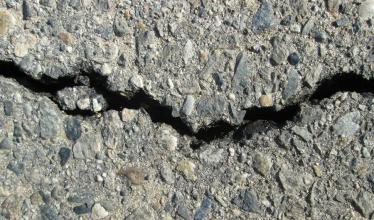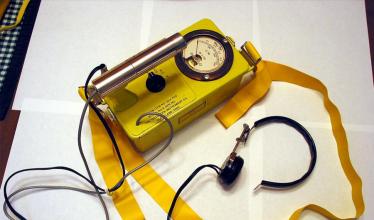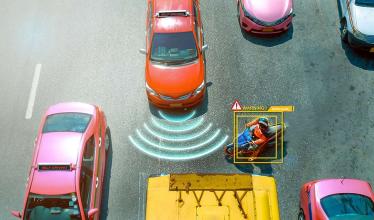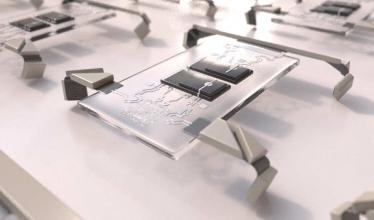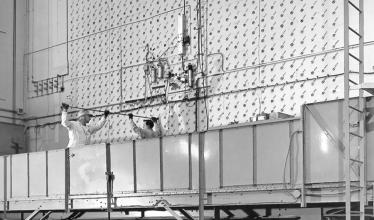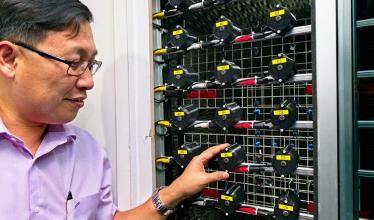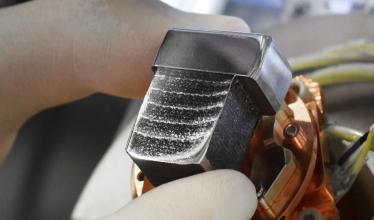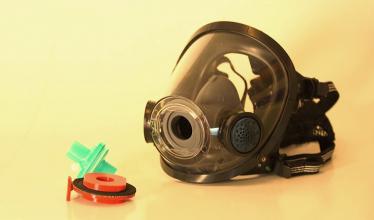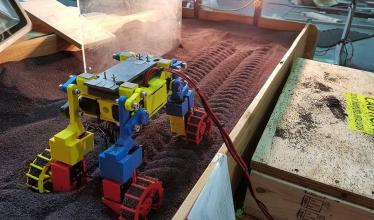Technology
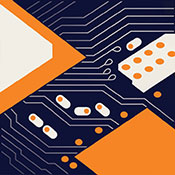 Innovations that shape our world
Innovations that shape our world
Since early humans first tended fires and sharpened spears, we’ve sought to apply our knowledge to shape the natural world to suit our needs. Here we chronicle the promise and pitfalls of this basic human drive in all its present day manifestations – from robots and AI to nanotechnology and materials to devices, transportation, engineering and manmade disasters.
A simple equation based on a series of experiments from the 1950s still serves as the rule of thumb for estimating road damage.
Seventy-five years after Hans Geiger’s death, we explore how his most famous invention detects radiation.
Driverless cars may soon routinely join human motorists on roads around the world.
The tiny robots walk using platinum leg muscles that get their energy from laser light.
Isotopes produced in the original Manhattan Project reactors seeded decades of research and even a few Nobel Prizes.
Speakers set on bars inside the windows cancel out unwanted noise, using technology similar to that in noise-canceling headphones.
The new metal alloy, created using a laser manufacturing technique, possesses properties that rival the legendary material from medieval times.
Testers who wore these devices that track sweatiness found the data useful for monitoring emotions and managing stress.
New tests, masks, and ventilators developed this month may help fight the pandemic.
Like biological brains, artificial neural networks may depend on slow-wave sleep for learning.
Researchers have developed unique gaits for rovers to prevent them from getting stuck in deep sand or soil.

